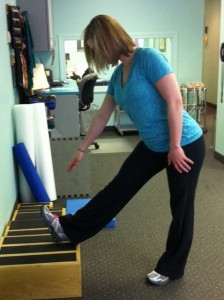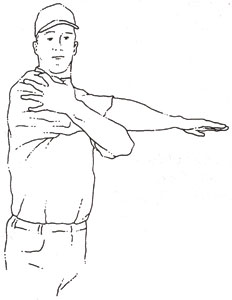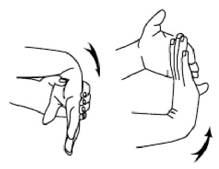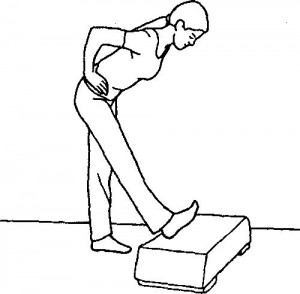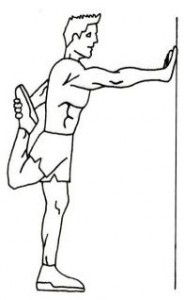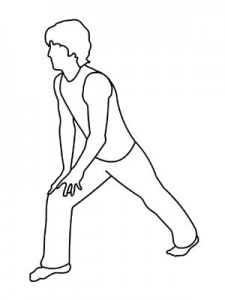A trigger point is a specific spot on a tight band of muscle that is hyperirritable. Usually you can feel a nodule or knot in the muscle. When you put pressure on the trigger point, it will feel tender and possibly radiate pain to another area.
Trigger points are most commonly located in the postural muscles of the neck, shoulders, and upper back. Trigger points can manifest themselves in tension headaches, ringing in the ear, and jaw pain.
Lack of exercise, sitting at a computer with poor posture, vitamin deficiencies, lack of sleep and micro trauma that occurs with sports and repetitive activities can all contribute to trigger points.
Physical therapists are trained to help inactivate these trigger points. Physical therapists will use modalities such as heat or ice, soft tissue massage, ultrasound and stretching to help reduce pain and tightness at the site of the trigger point.

